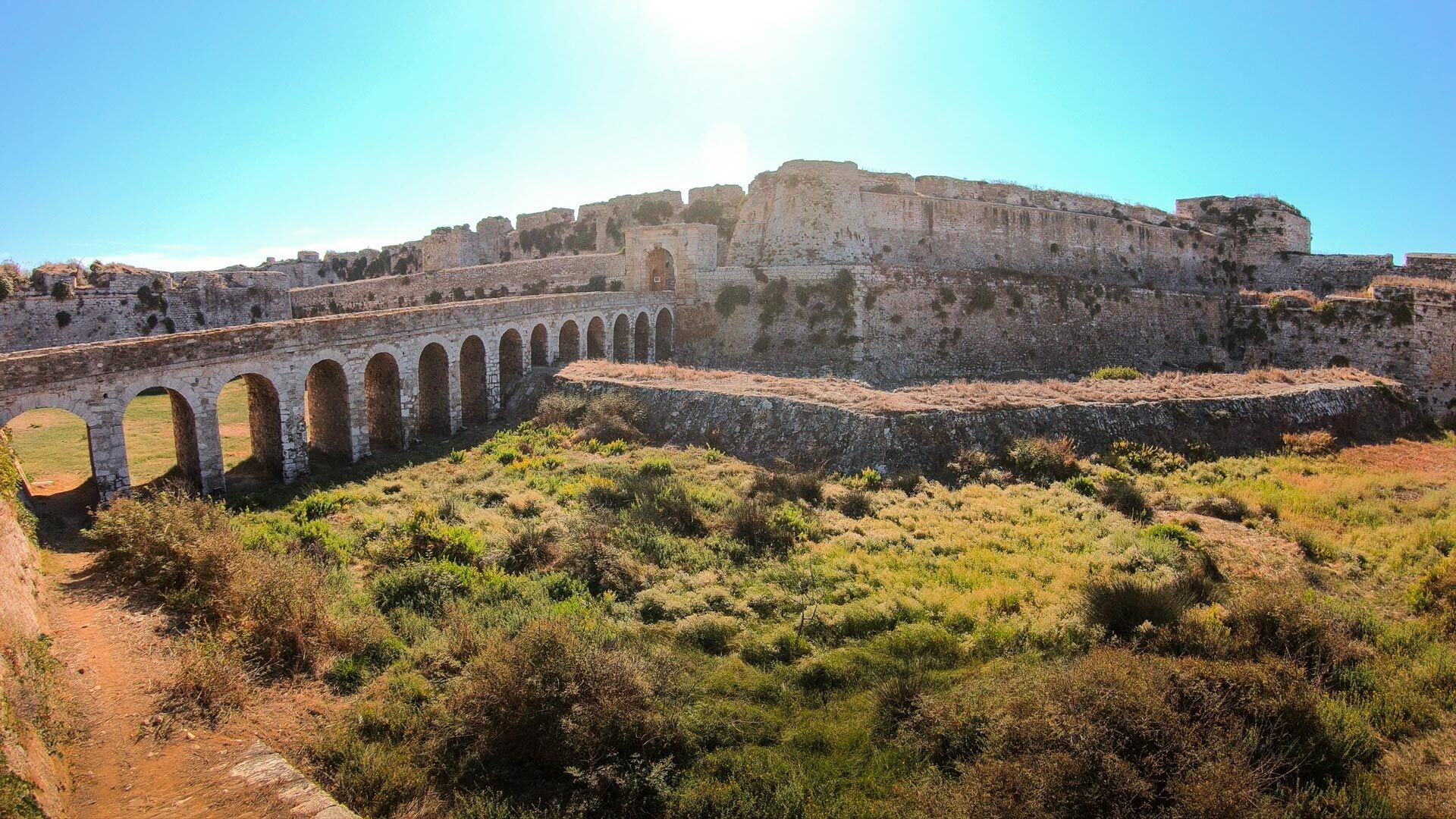Nowhere captures the majesty of nature quite like the iconic horseshoe-shaped beach and its accompanying saltwater lagoon in Messinia.
Voidokilia beach, tucked away on the coast of Messinia, leads an impressive double life. Shaped in a perfect semi-circle, its golden sand and interplay of turquoise and blue sea have rightly propelled it towards the top of Instagram bucket lists. Less well known is that it also backs onto one of the most important wetlands in Europe.
And so, approaching it on foot, Voidokilia captures your heart twice over – first as a saltwater lagoon included in the Natura 2000 network for protected biotopes, and then as an exotic paradise in which to sunbathe and swim (and even extend your exploration under the gaze of a 13th century Frankish Castle).
A path extends through the Gialova (or Divari) lagoon, with an observatory and other observation points along the way. Including migratory birds, more than 250 species of bird are found here through the year, of which 79 are on the ‘Red List’ of species under threat of extinction.
Once you arrive at the beach, it’s another kind of awe that grips. From ground level, the scene is scarcely less impressive than the iconic horseshoe-shaped image of the beach photographed from above. As well as the sweeping gold and blue of sand and sea, there’s Paliokastro (or Nestor’s Castle) gazing down at you from the hilltop in the distance. And as if that’s not enough, there’s a vaulted tomb near the entrance to the beach attributed to Nestor’s son, Thrasymedes.
You can spend the rest of the day lazing and swimming, but find time to explore the beach, picking up the path beyond the sand dunes at the far end that leads up to Nestor’s Cave. The story goes that this is where Hermes hid the cattle stolen from Apollo. Your photos from here will be no less mythical.
The path continues upwards and gives even more impressive photo opportunities, but it does become challenging and be aware that the castle itself is closed to visitors.
Source: https://www.discovergreece.com/


